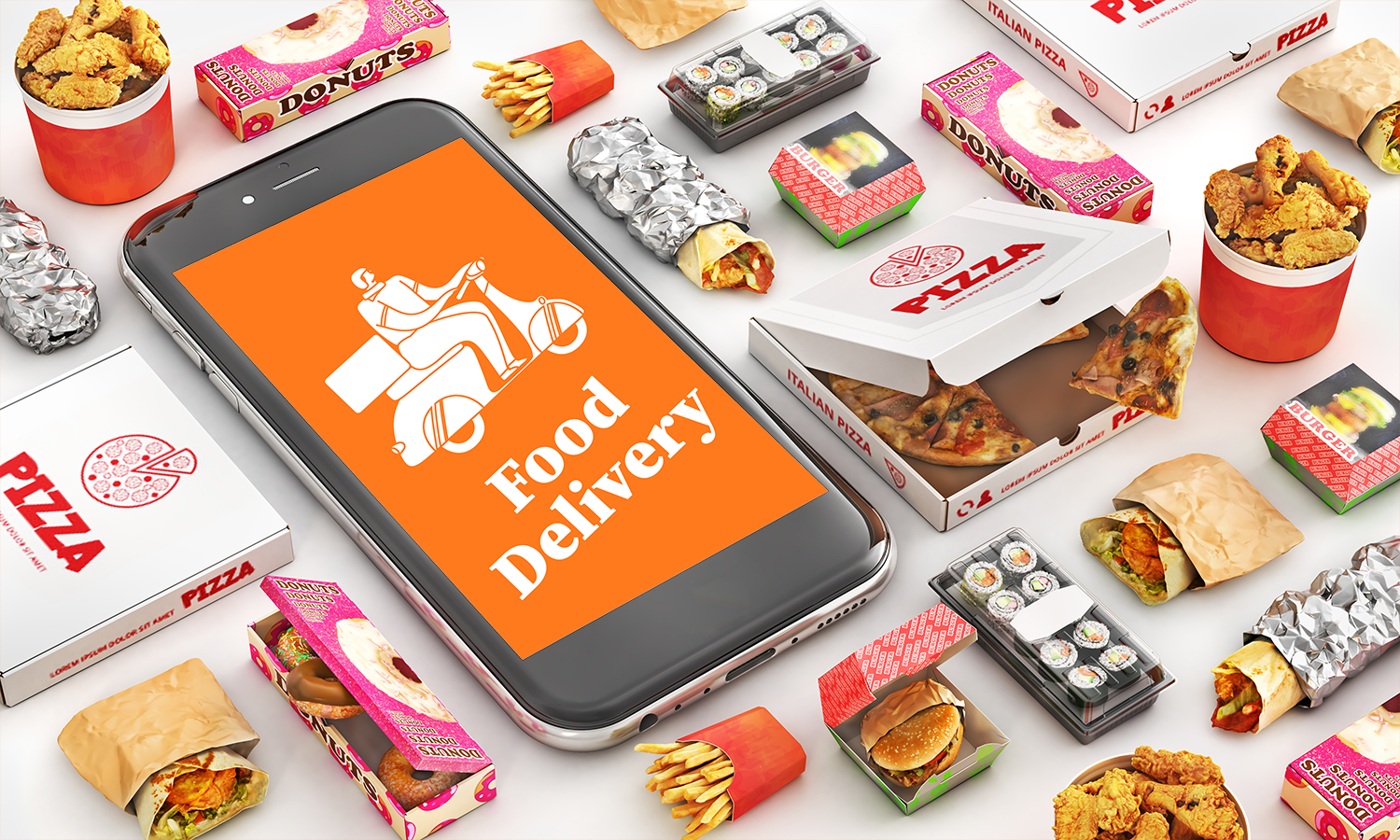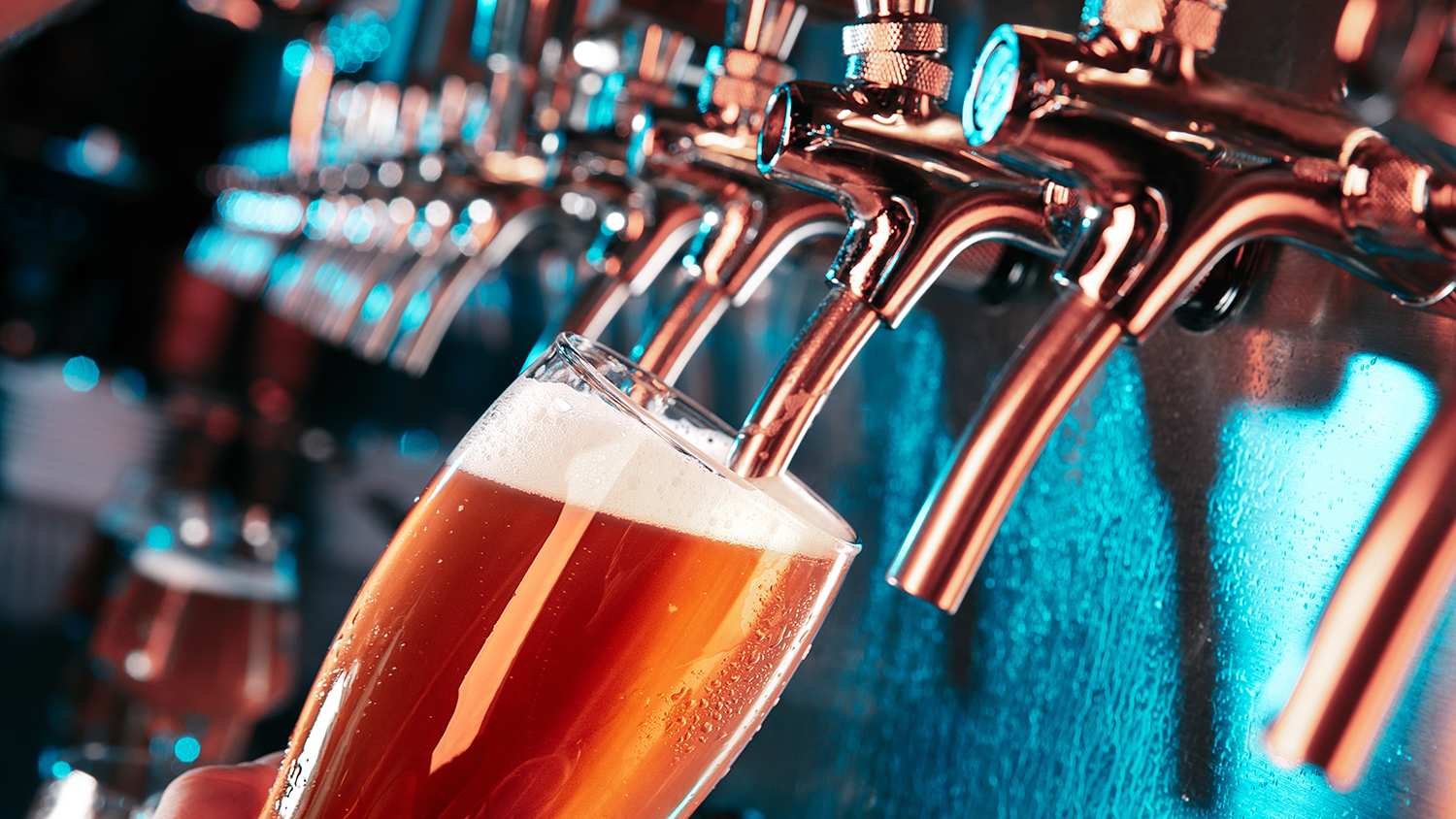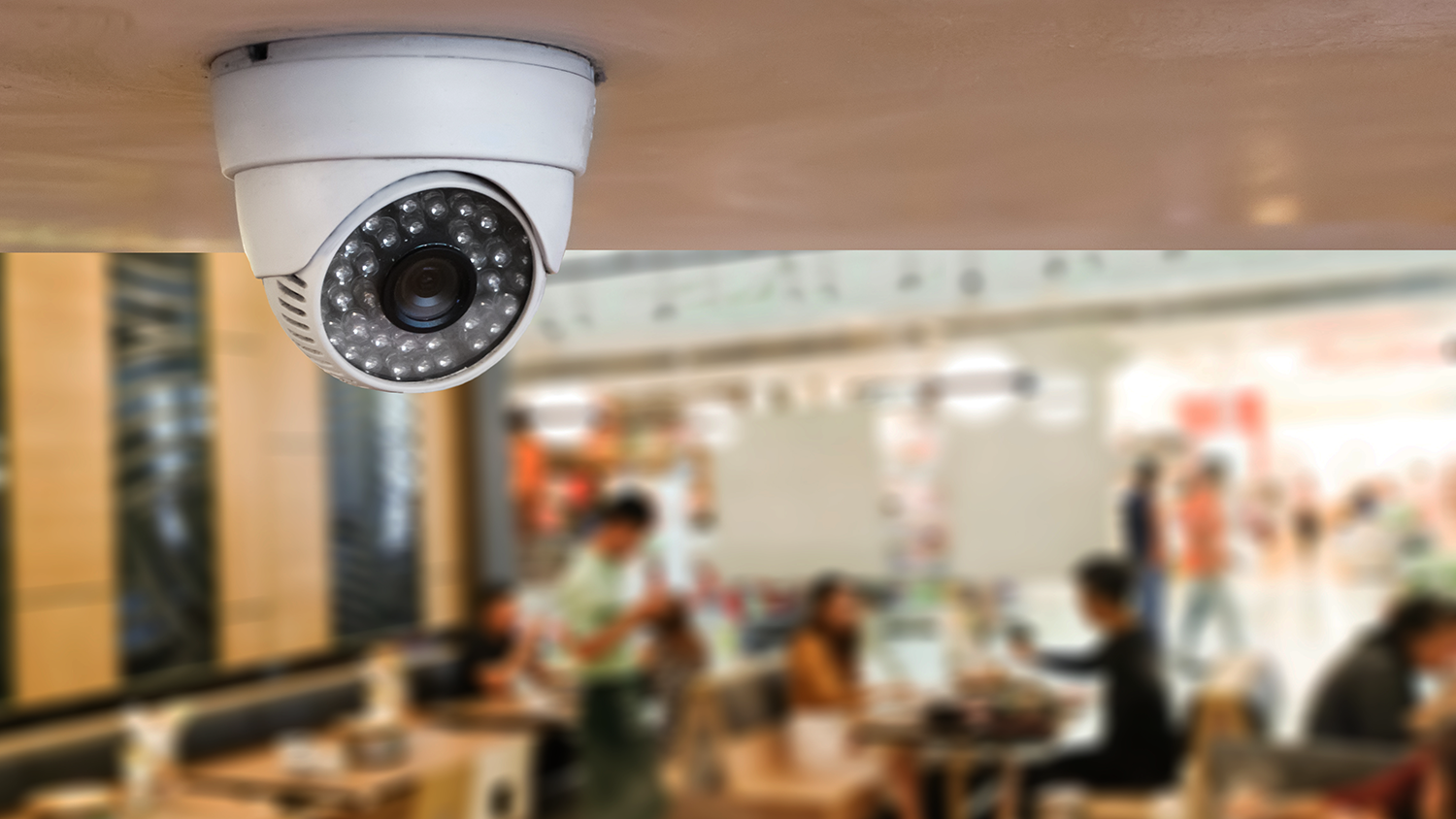This is the second blog post in a series about improving your restaurant’s tabletop.
With advances in handheld technology coming faster than a Friday night dinner rush, it can be hard to know the best way to make them a part of your service operations.
We ask the impossible of our waitstaff on a nightly basis. From greeting to departure, each party will interact with their server more than a dozen times. But how many of those visits can be automated, freeing up the staff for the more personal aspects of the job? Tabletop technology can improve both your staff’s service and your guests’ overall experience.
While a tablet can never replicate the nuances and quirks of a rockstar server, it can quickly become their best friend.
Ensure Confidence by Putting Food Allergy Information in Guests’ Hands
The only thing that seems to be keeping pace with the rise of technology in restaurants is the growing number of dietary restrictions and, more importantly, food allergies. As the father of children with multiple allergies, dining out can be a stressful experience, even with my years of experience in the kitchen. No parent (or any other diner, for that matter) wants to see a look of uncertainty on their server’s face when asking about menu items and their ingredients. Putting detailed menu information in the hands of the diner does several things that benefit everybody.
The ability to let your guests make their own informed decisions can save minutes. Rather than going back to speak with the kitchen about potential interactions, the server instead can proceed to take an order from a patron who knows exactly what meals they should stay away from. In an industry where shaving seconds here and there can make the difference between a successful shift and night in the weeds, that amount of time can be a godsend.
Dedication to allergen awareness is also the kind of thing that earns you regulars. When a potential guest selects their dining destination, the confidence they have in your food safety program puts you one step ahead of your competition.
To take it a step further, consider adding full nutritional value information to your menu’s tablet version. The availability of macronutrient data will instantly make you a favorite of the keto and paleo crowds, attracting a market segment that can often feel ignored by restaurants.
Turn Menu Exploring into a Visual Experience
From a sales perspective, having an interactive and vibrant menu can help grow check size with ease. Take desserts, for example. Sure, a flowery description of bread pudding can pique a guest’s interest, but a high definition photo or even video of that same dessert will turn a “maybe” into a “yes” better than any words can. When a guest looks at that crispy crust so clear they can see the vanilla ice cream melting over specks of cinnamon, their taste buds will take over.
There is great power in the instant gratification you get from pressing a button and having a treat in your face in a matter of minutes. The dopamine can be just as sweet as the caramel drizzle topping it all off.
Tabletop Games Give Your Guests a Jolt of Entertainment
There will always be periods of waiting involved in any dining experience. It’s simply unavoidable, but tabletop technology can help fill those voids, and a guest unaware of the down time is a happier guest, particularly for parties with children. As a parent, nothing can ruin a night out faster than a bored child who has no qualms sharing that fact with everyone within earshot.
As kids are exposed to technology earlier and earlier, crayons and tic-tac-toe on the back of a placemat just don’t cut it anymore. A number of restaurants have turned to tabletop gaming to solve that problem. Most of those establishments include a fee for the games, but an option for including that fee in the price of a kids’ entree will make you a fast favorite among the moms and dads of the world.
Speed Up Your Table Turnover with Tableside Payments
At the end of the meal, you cannot overstate how valuable it is to allow your guests to pay at their own convenience. Dropping a check off, picking it up, processing the payment, and returning the card or change is all time spent on guests who have already spent their money. Taking this entire phase of the service off your staff’s shoulders frees them to care for your guests whose wallets are still open.
There are few miscues as infuriating for a guest than a lengthy payment process. As the minutes pass by with no sight of a server, a previously phenomenal service can lose its luster. With a payment option permanently on the tabletop, there are three critical improvements over the old practices.
Cutting multiple trips to the table expedites the party’s exit, getting guests on their way and opening the table for a new party sooner.
Though it may seem counterintuitive, taking the check-out of the server’s hands can actually increase their gratuities.
The dreaded split check scenario is 86’d. Running back and forth with multiple credit cards, ensuring the proper splits, picking up the assorted check presenters, and closing each tab accordingly can weed a server faster than a walk-in 20-top. Let the tablet do the work for you; erase the headaches before they appear and everybody goes home happy.
Tabletop Tech is Your Servers’ Assistant
While there may be some initial push-back from the waitstaff, when they see how their take-home pay grows while their workload decreases, they’ll come around. Remember, they are not being replaced, they are being given an assistant. And luckily for you, that digital assistant will pay for itself in time, reducing or flat-out eliminating the need for bussers and runners. In this business, the goal is to create an exceptional service experience as quickly and cost-efficiently as possible. The power to save time and money is in your hands, figuratively and literally.















